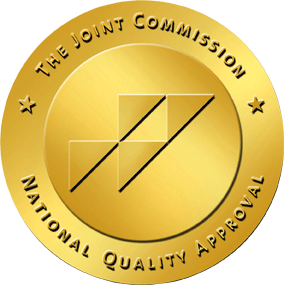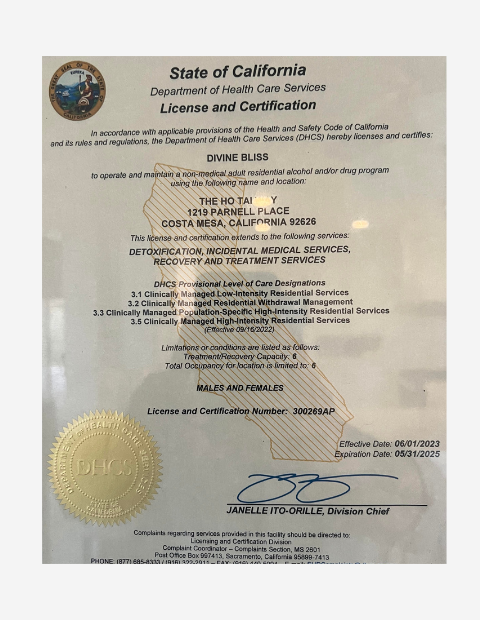For some people, January can be kind of a glum month. The excitement of the holidays has passed, and for many, it is time to head back to school or work after getting some time off. For much of the country, January is often not ideal weather-wise, with cold, dreary days and less sunshine. Some people may feel sad, irritable, or even depressed this time of the year.
This seasonal-related sadness is often referred to as the January Blues, but it has an official term as well, seasonal affective disorder (SAD), which is very common and affects a lot of people. The good news is that there are things that you can do to make yourself feel better.
Understanding What the January Blues Are
Everyone experiences SAD differently. Some people may barely notice it, while others feel it more severely. It can affect an individual’s ability to keep up with their day-to-day responsibilities or even make it hard to get out of bed.
One of the biggest factors that play into this disorder is a decrease in light. This is due to not only the shortened days at this time of year but also the fact that it is often just not as sunny as it is in the spring and summer months. When we spend time in the sun, we get access to vitamin D, which is so important for mental and physical health. This is why you may feel an increase in your mood after spending time outside in the sun. But of course, when that sun is not present, you’re not getting that important vitamin, and your mental health may begin to suffer as a result.
Common Symptoms of SAD, or the January Blues
There are some common symptoms of SAD to be on the lookout for, including:
- Feeling lethargic and having trouble getting enough energy
- Sleeping more than usual or more than is needed
- Losing interest in hobbies you used to enjoy
- Feeling sad for no particular reason for extended periods of time
- Eating more than usual, particularly unhealthy foods
- Feeling depressed or irritable
- Feelings of hopelessness or guilt
Coping With SAD
It’s important to deal with the symptoms of SAD without just ignoring them. This is because when people let these symptoms become too severe, they may feel tempted to turn to substance use as a way to cope with the pain. This can make things even worse.
There are a lot of different options that you can try to find relief from SAD. Some examples include:
#1. Take Vitamin D Supplements
This can help if you’re deficient in this important nutrient. There are a lot of different options available at your local drugstore. If you’re not sure which option is best or how much to take, make sure to talk to your doctor or the pharmacist.
#2. Consider Investing in a SAD Lamp
SAD lamps are essentially light therapy boxes that produce large amounts of bright, white light. They are easy to use and can trick your brain into thinking that you’re outside in real sunlight. This can, in turn, ease your symptoms of SAD and help you to start feeling better. Just set it in front of you for at least a half hour a day. You could do this while working, reading a book, or even getting ready for the day. It’s best to place it about a foot away from you, and you’ll want to avoid looking directly at it. It’s often most effective when used early in the day.
#3. Enjoy Specific Aspects of the Season
Try making the most of the good parts of this time of year. Maybe there are things that you can enjoy this time of year that you can’t do during other seasons. For example, maybe you could take a walk in the snow, go ice skating, or learn a new indoor hobby.
#4. Make Sure to Reach Out to Friends and Family
Spending time alone when dealing with the symptoms of SAD can actually make you feel worse. Quality time with others can get you out of your own head and help you to start feeling better.
#5. Join a Support Group
Consider joining a support group specifically for those who struggle with this type of disorder. You may be surprised by how many people actually experience this on a regular basis. Being able to speak with them and have their support can make a major difference.
#6. Reach Out for Help
Don’t hesitate to reach out for professional help. If you have tried to find relief and your symptoms are persisting, it may be time to work with a therapist. Or you may even benefit from a prescription medication if your doctor sees fit. Don’t wait or try to push your symptoms aside. Reach out to your primary care provider today. You don’t have to continue to feel this way.
Many people are affected by SAD, also called the “January Blues.” For some people, it can really be quite debilitating. Symptoms can include feelings of hopelessness, sadness, and depression. Some people may also feel listless or unmotivated. There are things that you can do to alleviate these symptoms such as taking vitamin D supplements, using a SAD lamp, spending time with family and friends, and trying to make the most of winter activities. It is important to address the symptoms of SAD and not let this disorder go untreated. Turning to substance use can make things worse. If you are struggling with substance misuse, our team at The Ho Tai Way can help. Call (714) 581-3974 today to learn more.









